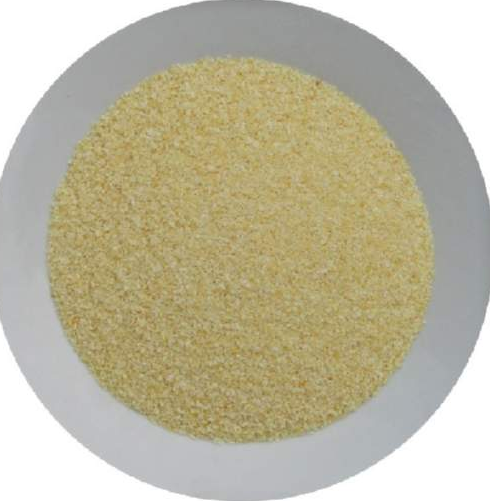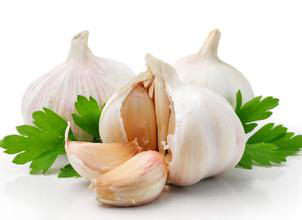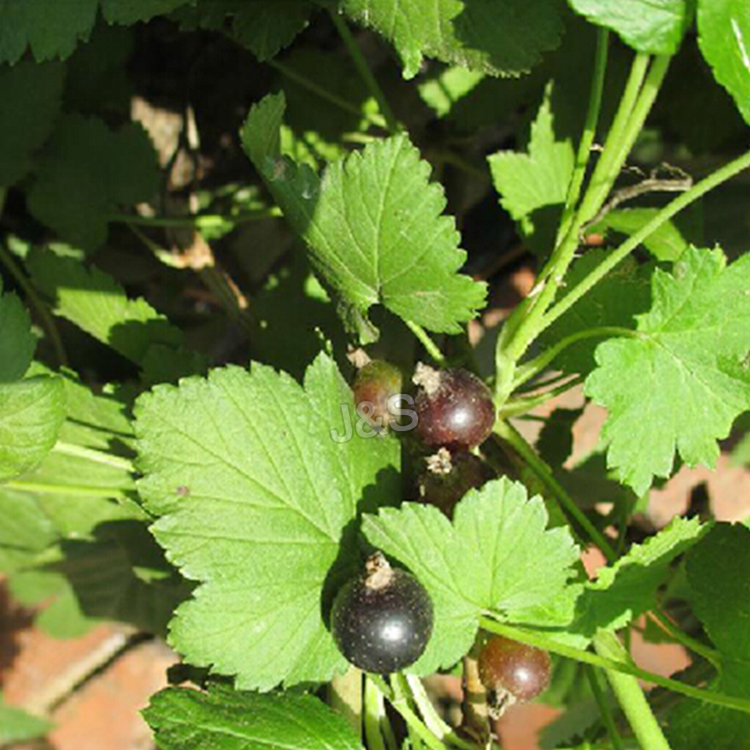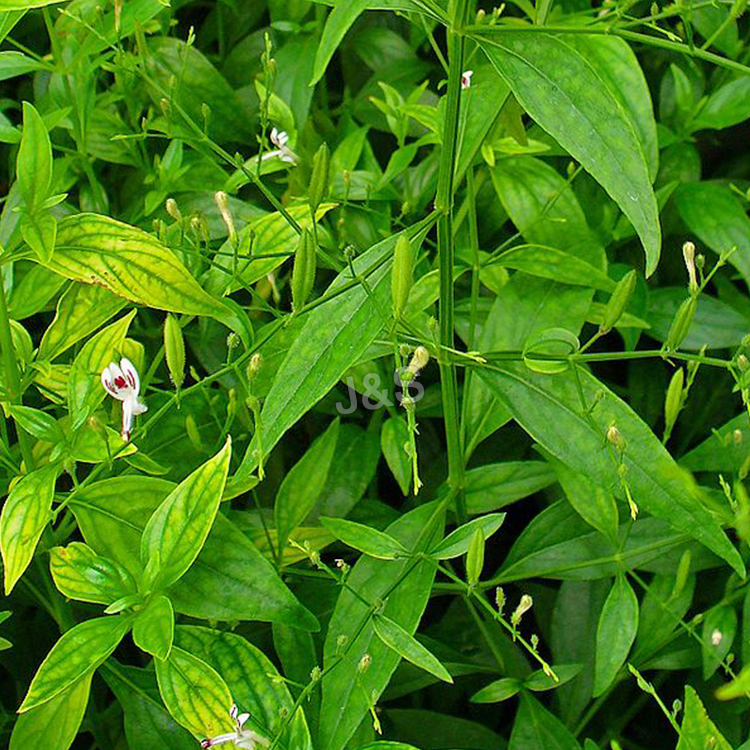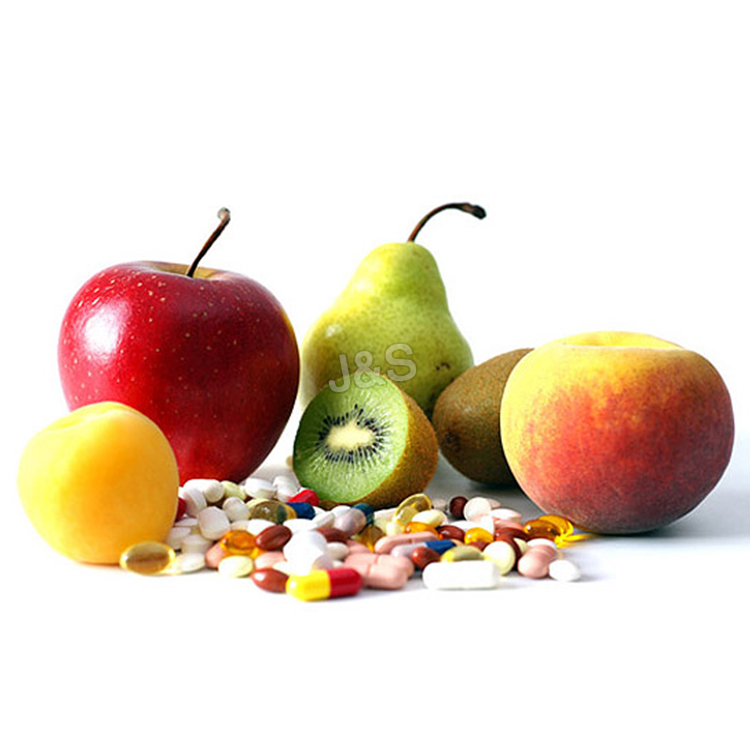Hot-selling attractive Garlic Powder Factory for United Kingdom
Hot-selling attractive Garlic Powder Factory for United Kingdom Detail:
[Latin Name] Allium sativum L.
[Plant Source] from China
[Appearance] Off-white to light yellow Powder
Plant Part Used:Fruit
[Particle size] 80 Mesh
[Loss on drying] ≤5.0%
[Heavy Metal] ≤10PPM
[Storage] Store in cool & dry area, keep away from the direct light and heat.
[Shelf life] 24 Months
[Package] Packed in paper-drums and two plastic-bags inside.
[Net weight] 25kgs/drum
Main function:
1.Wide-spectrum antibiotic, bacteriostasis and sterilization.
2.Clearing away heat and toxic material, activating blood and dissolving stasis.
3.Lowering blood pressure and blood-fat
4.Protecting brain cell.Resisting tumor
5.Enhancing human immunity and delaying aging.
Applications:
1. Applied in pharmaceutical field, it is mainly used in treating eumycete and bacterial infection, gastroenteritis and Cardiovascular Disease.
2. Applied in health product field, it is usually made into capsule to lower blood pressure and blood-fat and delay senility.
3. Applied in food field, it is mainly used for natural flavour enhancer and widely used in biscuit, bread, meat products and etc.
4. Applied in feed additive field, it is mainly used in feed additive for developing the poultry, livestock and fishes against the disease and promoting growning and improving the flavor of egg and meat.
5. Applied in veterinary field, it is mainly used to inhibit the reproduction of colon bacillus, salmonella and etc. It also can treat respiratory infection and disease of digestive tract of poultry and livestock.
Product detail pictures:
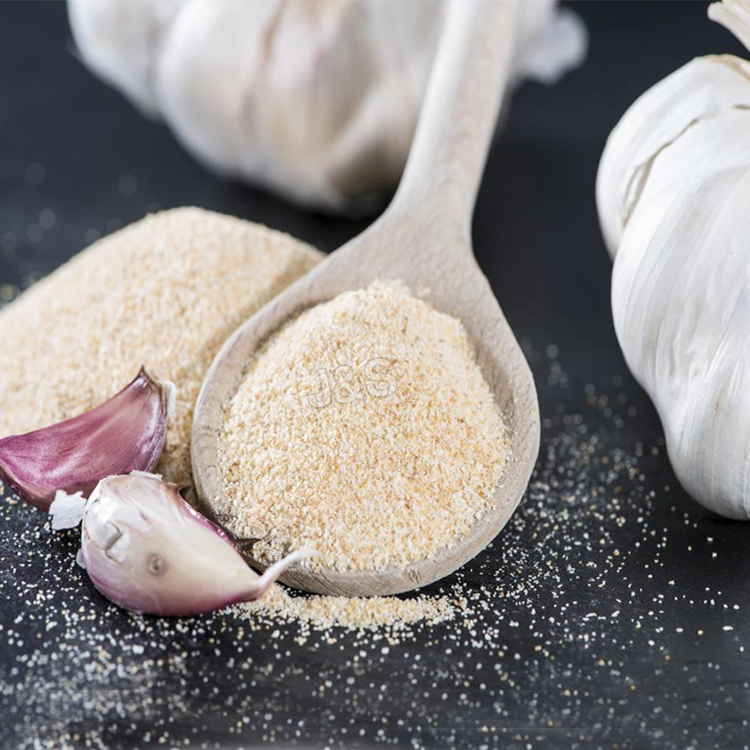
Related Product Guide:
We keep on with our business spirit of "Quality, Performance, Innovation and Integrity". We goal to create much more worth for our customers with our rich resources, state-of-the-art machinery, experienced workers and exceptional providers for Hot-selling attractive Garlic Powder Factory for United Kingdom , The product will supply to all over the world, such as: Romania, Cologne, Bhutan, We have a good reputation for stable quality products, well received by customers at home and abroad. Our company would be guided by the idea of "Standing in Domestic Markets, Walking into International Markets". We sincerely hope that we could do business with customers both at home and abroad. We expect sincere cooperation and common development!
Znatural is = toxic flushing shits after using the absolute shit JaJa for 4+ months? Stay away from Allen @ Emperorsherbologist & the potential shit JaJa he might dump on you like he did me- when JaJa = constipation & drives away 2 cancer vics & Allen says basically fuck you? I turn my back on on him & his defective not as good JaJa for Znaturalfoods.com- like you should do if you’re smart & don’t wanna get robbed like me
Hair spray with almond and sunflower,
With organic olive oil and almond extract combination, rich in polysaccharides, it nourishes the hair, makes it healthy and shiny, by reconstructing the damaged hair and preventing the development of split ends.
Sunflower extract protects effectively against the sun’s harmful rays and maintains the color and the shine of the hair.
The unique symbiotic cluster from sugars derived from plants, sea lavender extract and organic olive oil, which is an innovation of the Oliveway laboratories, helps protect the health and strengthens the hair from root to tip.
The combination of althea extract and provitamin B5 nourishes and hydrates the hair, making it shiny and soft.
This company conforms to the market requirement and joins in the market competition by its high quality product, this is an enterprise that have Chinese spirit.
